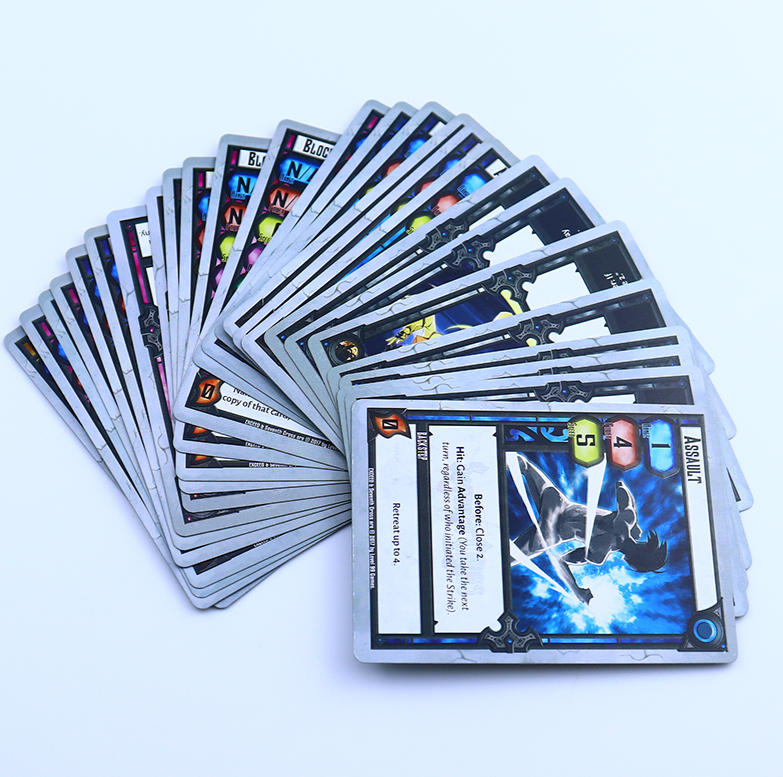When communicating with some customers, I found that they often have some misunderstandings about the paper used by advertising playing card manufacturers. Now let REENYOUNG editor explain these common misunderstandings and analyze them for you.

Misconception 1:
Paper weight represents the thickness and quality of the paper. Most customers believe that paper weight is the sole criterion for determining thickness and quality, and that the higher the weight, the thicker and better the quality. This is clearly a misunderstanding of paper weight. Paper weight simply represents the weight per square meter and has no necessary correlation with thickness or quality. For example, 280-gram paper means it weighs 280 grams per square meter. The actual meaning of paper weight is a measurement method. When selling paper, it is measured in tonnage. Knowing the paper weight allows you to calculate the actual area of a ton of paper and, therefore, how many advertising playing cards can be made from that ton of paper. For manufacturers, this is just a basis for calculating material cutting, but it’s not very meaningful to customers. Because the types and materials of paper on the market vary widely, the weight per square meter of paper of the same thickness can vary significantly due to the weight of the raw materials. In reality, many high-quality raw materials are actually very light, while heavier raw materials are inferior.
Misconception 2:
Black-core paper is the best paper. This misconception stems from the fact that some high-end playing cards use black core paper, leading people to mistakenly assume that all black core paper is the best. This is like assuming that all beautiful women in the world wear yellow just because we see a few beautiful women in yellow clothes, or that all women wearing yellow clothes are beautiful women. This is a complete mistake. Think about it, why don’t we consider black-core cotton the best? Because we’re familiar with it. Everyone knows that the raw materials used to make paper are nothing more than pulp made from plants, such as wood pulp, grass pulp, straw pulp, and waste paper pulp from recycled waste paper. These pulps are generally not black, but are mostly yellow-gray. So how can we achieve colors like black, blue, or purple? The answer: by adding pigments. This change does not affect the quality.
Misconception 3:
White cardboard is better for making playing cards than specialized paper. White cardboard playing card manufacturers typically use it to make boxes, not playing cards. Playing cards are constantly shuffled, which requires a high level of elasticity and toughness. Therefore, specialized paper, not white cardboard, is the only choice. If the cards are just for aesthetics and won’t be used, white cardboard can be used.
Misconception 4:
Embossed paper is a type of paper. Embossing is a production process, not a type of paper. Any paper can be embossed to create a textured texture.
